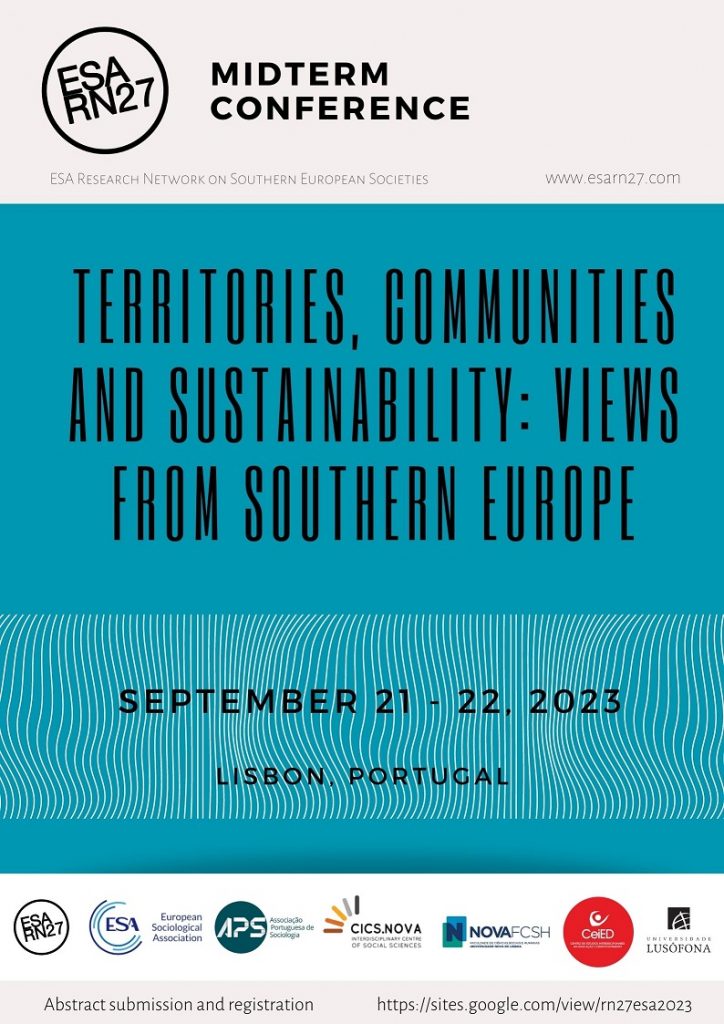Energy cooperatives and communities are examples of social innovation in the field of renewable energies. These new initiatives aim to bring energy production closer to the place of consumption (in homes, neighborhoods, industrial and commercial buildings) and under the control of the users.
According to Directive (EU) 2019/944, the “citizen energy community” is a legal entity that:
(a) is based on voluntary and open participation and is effectively controlled by members or shareholders who are natural persons, local authorities, including municipalities, or small enterprises.
(b) has as its primary objective to provide environmental, economic or social community benefits to its members or shareholders or to the local areas in which it operates, rather than to generate financial benefits.
(c) may engage in generation, including from renewable sources, distribution, supply, consumption, aggregation, energy storage, energy efficiency services or electric vehicle charging services, or provide other energy services to its members or shareholders.
In this context the question is asked: Do community energy production or renewable energy consumer associations really seek to provide community environmental, economic or social benefits to their members, as intended by the EU, or to perpetuate the profit of large energy companies?
Iglesias Pascual, R., Delicado, A., Prados Velasco, M.J., Truninger, M., Macca, G., Ferreira, V., Istoriou, T., & Felix, C. (2023, 21-22 de septiembre). The social dimension of energy communities: New hope for local governance or just an enlargement of the energy market in rural areas of Southern Europe? [Ponencia]. ESA RN27 Midterm Conference Territories, Communities and Sustainability: views from Southern Europe, Lisboa, Portugal. Enlace: https://www.esarn27.com/


